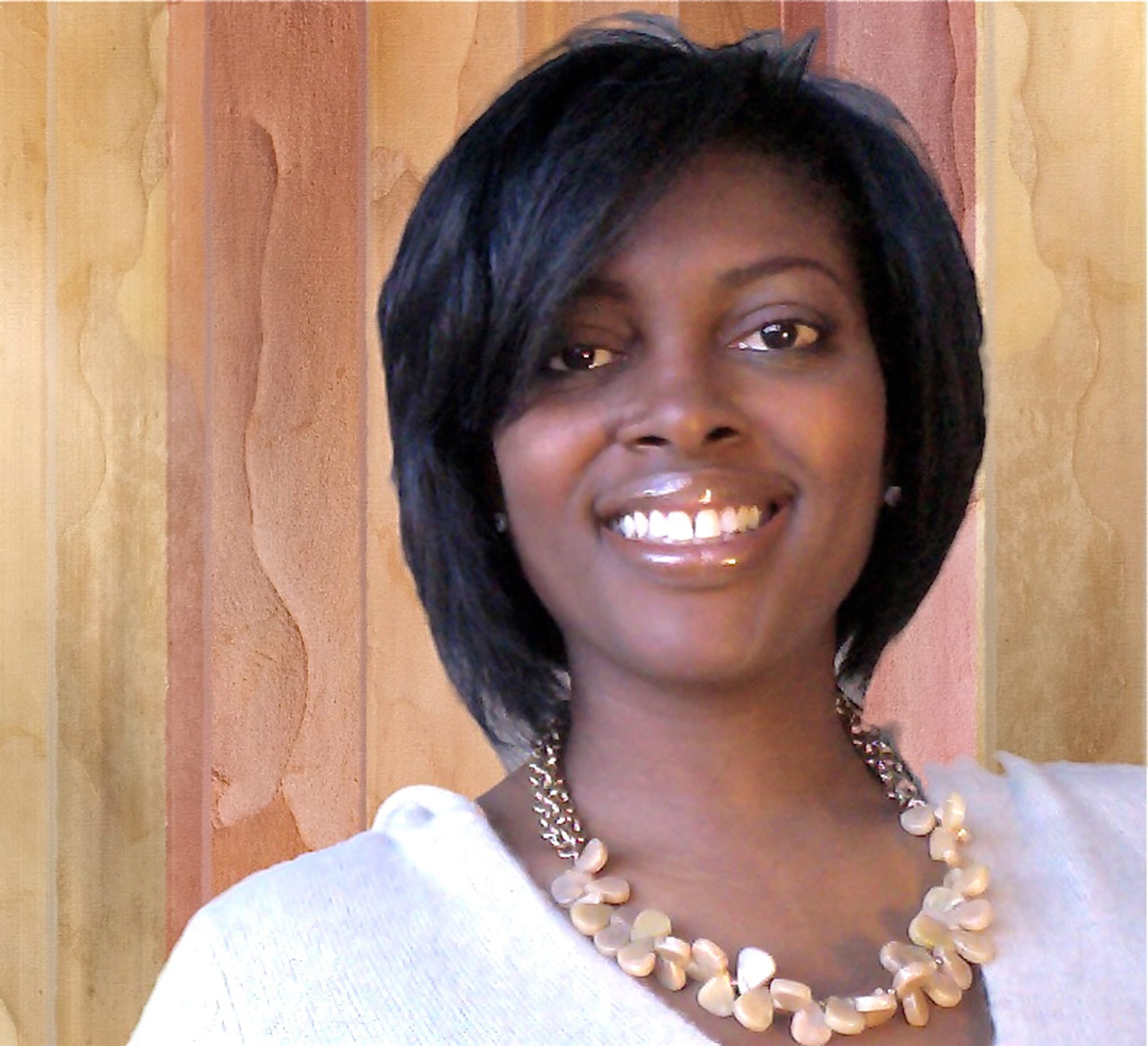By age 50, about seven out of 10 white women and more than eight out of 10 black women in the United States have a condition about which they may not even be aware: fibroids, or noncancerous tumors in the muscles of the uterus.
These growths often are small and don’t cause symptoms; they may wax and wane over time. But it is not unusual for them to occur in clusters and to enlarge the uterus to the size of an advanced-stage pregnancy. Large fibroids can cause symptoms such as heavy bleeding, the need to urinate frequently, constipation, bloating and pain.
The condition is a major cause of lost work days and is estimated to cost the United States billions of dollars annually in medical and surgical treatment and lost work time. In some instances, fibroids can affect a woman’s ability to become pregnant and to carry a pregnancy to term. Fibroids can also have a negative effect on a woman’s quality of life, according to one study, which linked the condition to lower self-esteem, body-issue anxieties and fears about relationships and sexuality.
“When you look at the burden of disease — not only its impact on quality of life but also on women’s ability to work and take care of their kids — it’s really quite stunning,” said Evan Myers, a professor in the department of obstetrics and gynecology at Duke University School of Medicine.
Yet many women who have fibroid symptoms delay reporting them. In a recent Harris Interactive survey of more than 800 fibroid patients, women reported waiting 3 1/2 years, on average, before seeking help; a third said they had waited more than five years.
“I told one patient (who routinely had to miss work because of heavy bleeding): ‘If you had such severe diarrhea that you had to stay home for three days each month, wouldn’t you consider that a different level of problem or unacceptable?’ ” said Elizabeth Stewart, a professor of obstetrics and gynecology at the Mayo Clinic and author of “Uterine Fibroids: The Complete Guide.”
Sateria Venable knows all too well about the problems fibroids can cause. For years Venable assumed that the heavy, exhausting menstrual periods she experienced were just something she had to endure. But finally, at 26, she decided to ask a gynecologist for help.
“The symptoms were so horrible,” said Venable, who was working as a construction manager in Illinois at that time. “I worked in a very male-dominated profession. If you can’t keep up walking on a construction site because you’re anemic, it’s very challenging.”
Venable, now 43 and living in Baltimore, had hoped that her doctor would be able to resolve the problem with dietary changes and medication. Instead, she was told she had extensive fibroids.
Venable was told she should consider a hysterectomy, the surgical removal of the uterus. “That sounded so crazy,” she said. So she embarked on a course of medications and less drastic surgical procedures that aimed to cut out the fibroids without removing the uterus.
But those measures proved only temporary fixes.
Today, Venable has, with the help of an empathetic physician, learned to control her fibroid symptoms with a combination of diet, exercise, an iron supplement and a medication, transexamic acid (Lysteda), which suppresses her bleeding enough to allow her to sleep through the night. She also started a foundation and created a website to help other women with fibroids, and has designed and patented an undergarment for women with heavy bleeding.
Location important
The fibroid’s location plays a large role in determining whether a woman will have symptoms and how the problem will be treated, according to Christine Colie, an associate professor of obstetrics and gynecology at Georgetown University School of Medicine. “A fibroid that sticks out of the uterus into the abdomen is less likely to be problematic than a fibroid that’s growing into the uterine cavity,” Colie said.
Black women are more likely to develop them at a younger age than white women, to delay seeking medical help, to develop larger fibroids and to undergo hysterectomy and myomectomy (surgical removal of just the tumor). The Harris survey also reported that black fibroid patients were more likely to report having heavy periods, abdominal pain and anemia than white respondents. They were also twice as likely to state that fibroids had affected their relationships and caused them to miss days of work.
Yet most of the research on the genetic causes of fibroids has occurred in white women of northern European descent and Japanese women, according to a recent review in the American Journal of Obstetrics and Gynecology.
There has been a dearth of research into what causes fibroids, the natural course of the condition, and the benefits and risks of treatments for them. While a woman’s own hormones play a role in fibroid growth, research suggests genetics is important in determining whether a woman will develop the condition.
Less is known about the exact role of diet and environmental factors on fibroid development.
There are many reasons why less research has been devoted to fibroids than to other health conditions, according to Myers and Stewart. Fibroids aren’t fatal, and the prevailing medical wisdom has long been that they can be cured with a hysterectomy, the second most common surgical procedure in pre-menopausal women in the United States; more than 400,000 hysterectomies are performed annually. But hysterectomy has risks, and its long-term effects, such as bowel and bladder problems, dementia, osteoporosis and heart disease have not been fully elucidated, according to Stewart.
Several new fibroid interventions have been introduced over the past decade, such as hormonal treatments and radiological procedures, but there is a lack of information about how they compare in terms of controlling pain and bleeding, preventing growth of new fibroids, and allowing patients to remain fertile.



